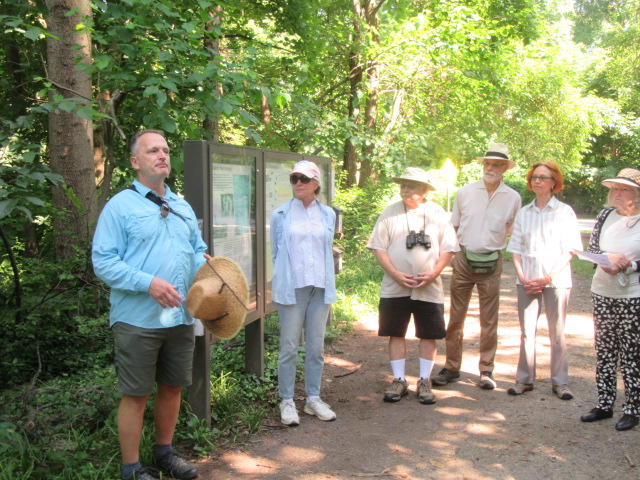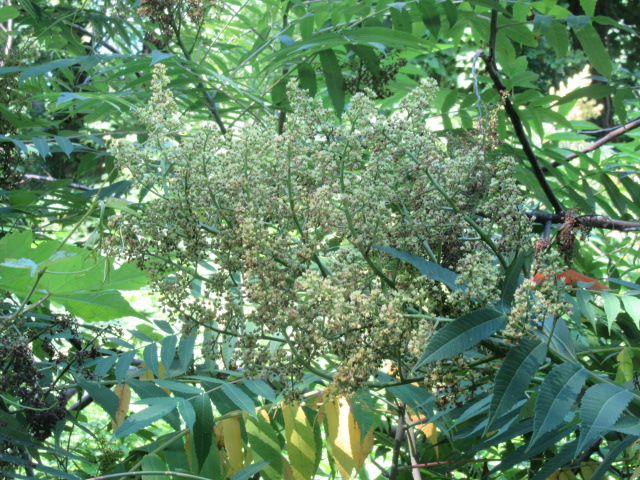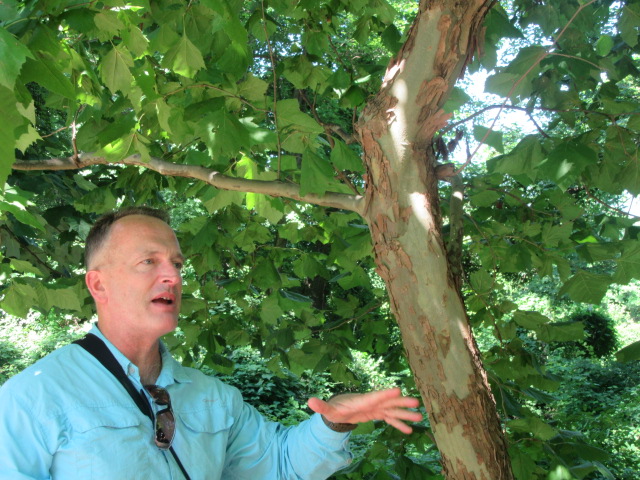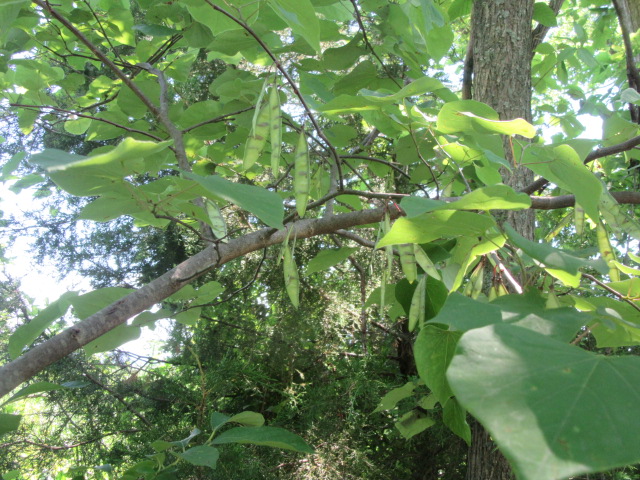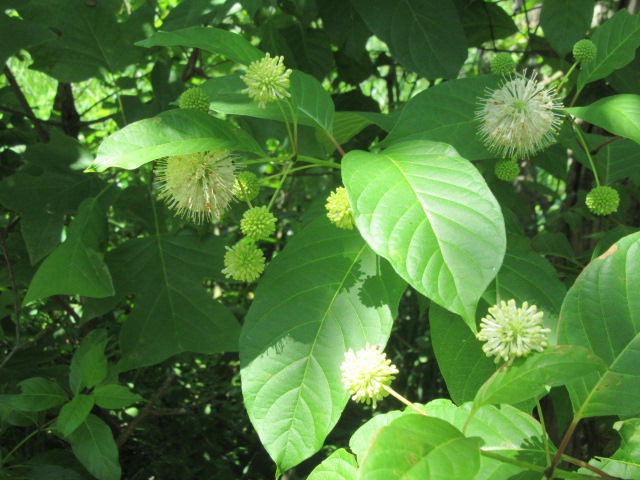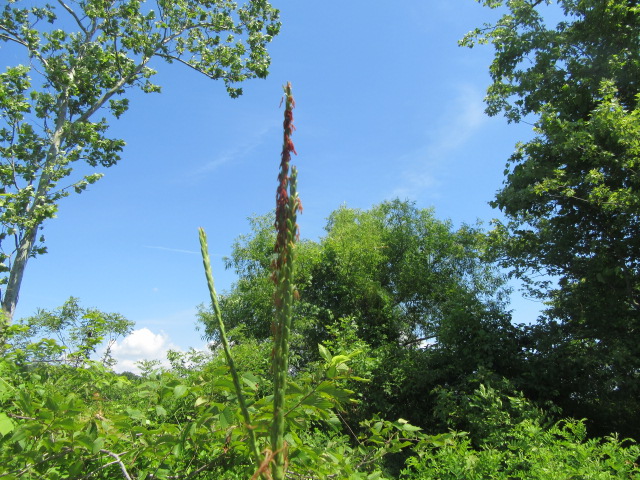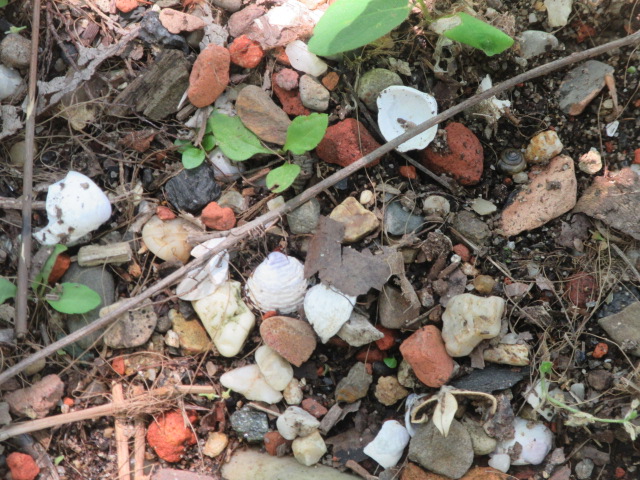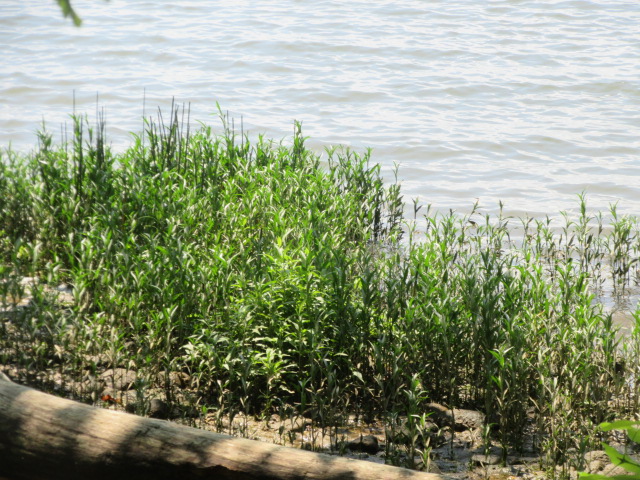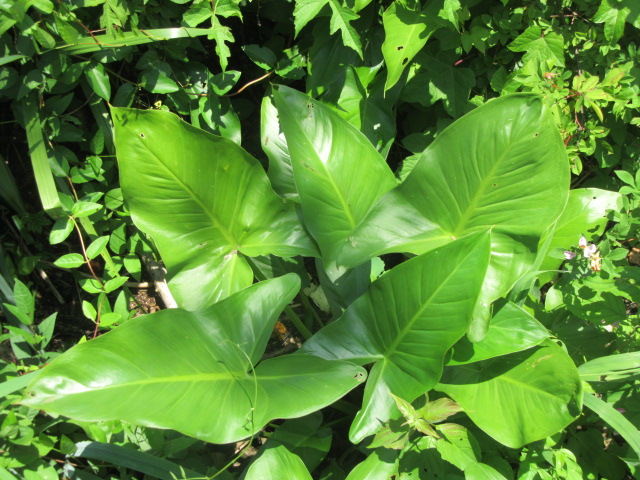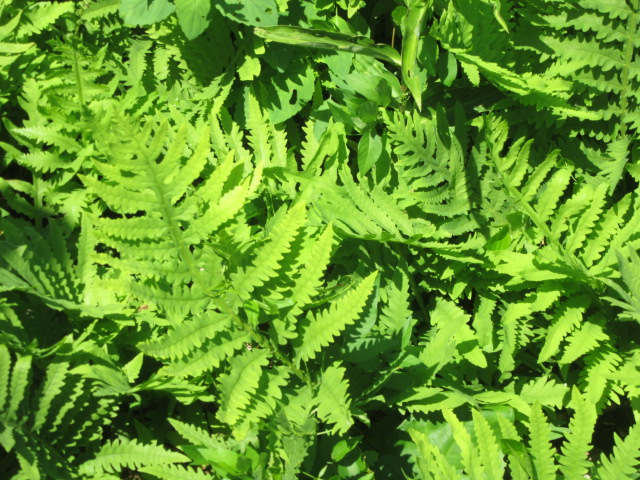On June 25, 2022, ecologist Charles Smith led a walk for 20 members of the Friends of Dyke Marsh along the Dyke Marsh Haul Road trail. He explained that Dyke Marsh is in the coastal plain, a geologic region with gravel deposits, unlike the Piedmont which has many rock formations. Dyke Marsh, a freshwater tidal wetland, has two three-foot tides a day, on average.
Red-winged blackbirds (Agelaius phoeniceus) were calling, ospreys (Pandion haliaetus) were soaring and several dragonfly species were flitting about.
Here are a few highlights:
Charles explained how invasive plants typically outcompete native plants and provide little wildlife value. All photos by Glenda Booth
The group studied the fruits of a walnut tree (genus Juglans) and sweet gum tree (Liquidambar styraciflua).
The smooth sumacs (Rhus glabra) were sporting greenish-white flowers will turn bright red later in the year. Virginia has three native sumac species.
Sycamore trees (Platanus occidentalis) have scaly bark, Charles pointed out.
Two trees along the trail have heart-shaped leaves, the eastern redbud (Cercis canadensis) and the cottonwood (Populus deltoids). This redbud has seedpods.
Dragonflies were zooming around, like this common whitetail (Plathemis Lydia).

The buttonbush (Cephalanthus occidentalis) was blooming.
Eastern gamma grass (Tripsacum dactyloides), a wind-pollinated plant, was in full bloom. This is the male.
These are the white shells of Asiatic clams. Clam shells are symmetrical, Charles said. Mussel shells are asymmetrical.
Water willow plants (Justicia americana) around two feet tall were growing near the water. Their roots form mats.
Arrow arum or duck potato (Peltandra virginica) is a common wetland plant with arrow-shaped leaves. Ducks love the fruit which the plant drops into the water.
Sensitive ferns (Onoclea sensibilis) are thriving near the boardwalk.

